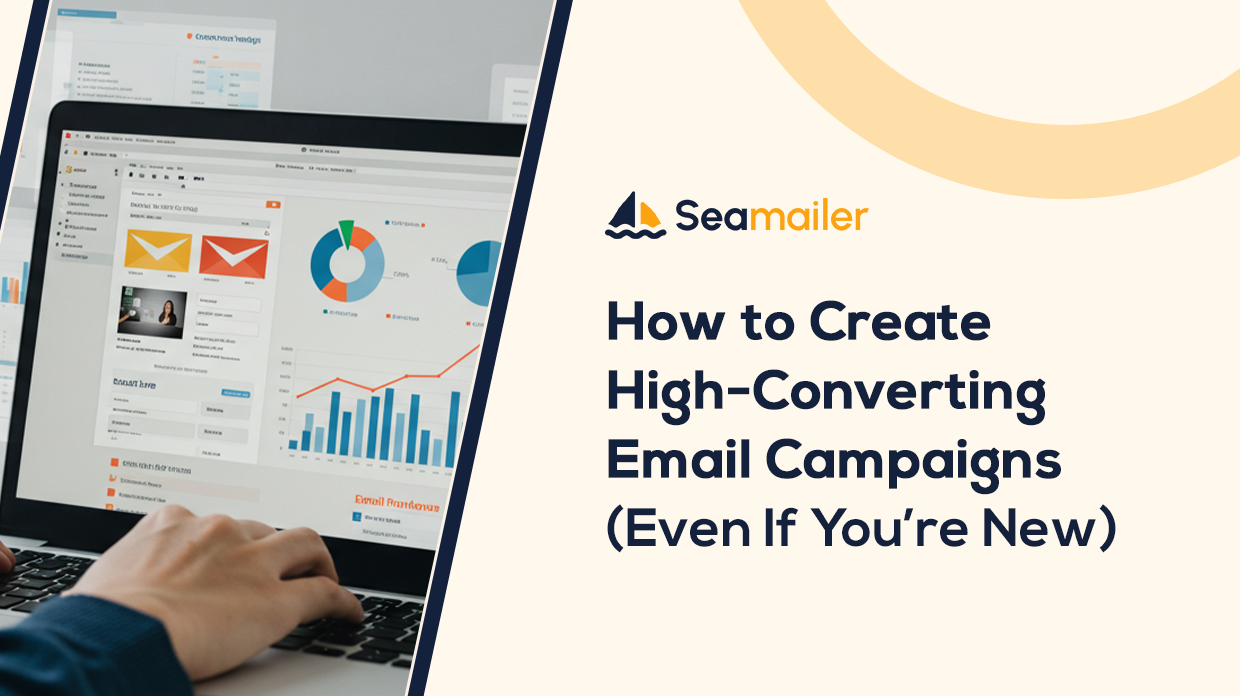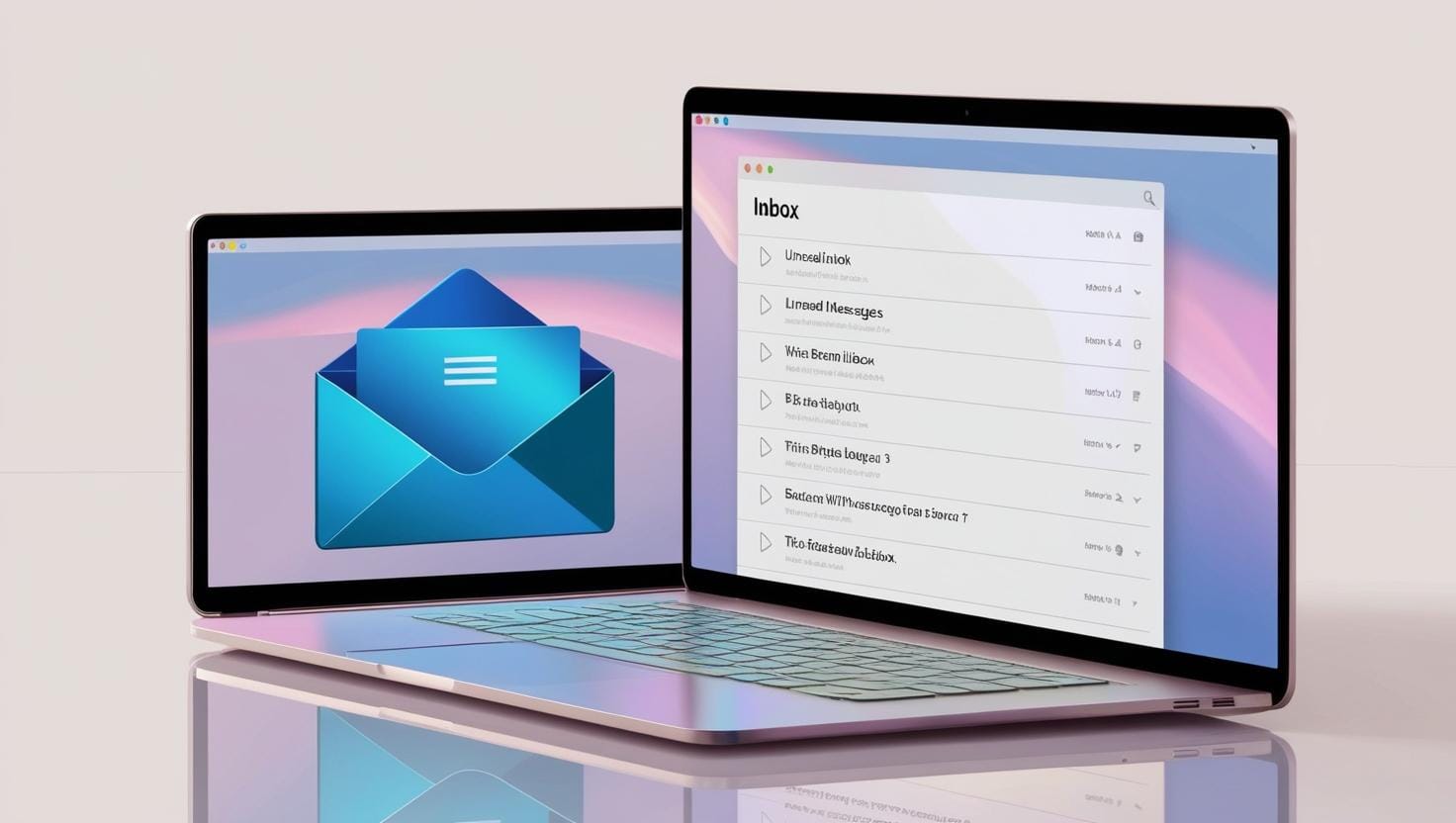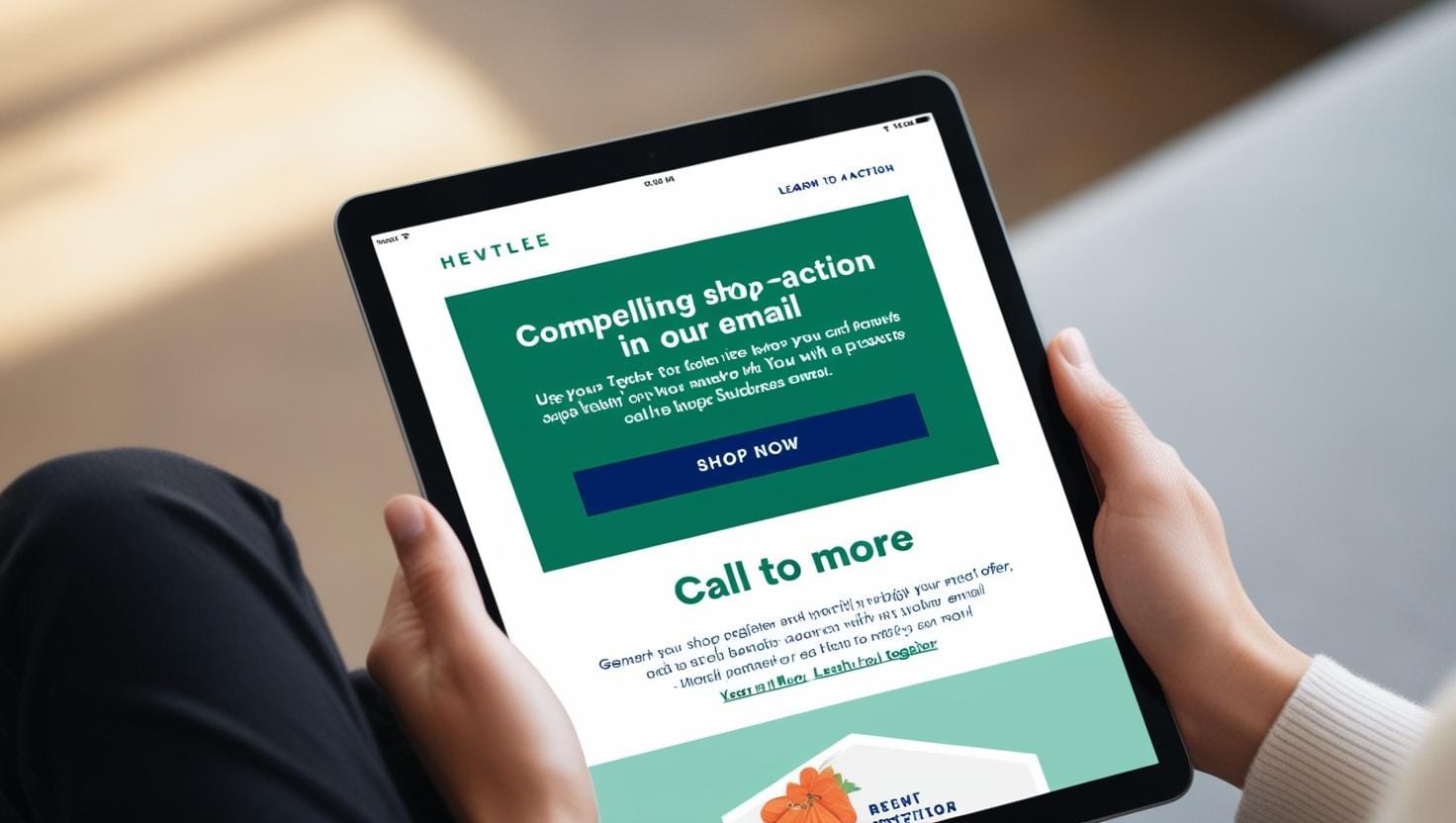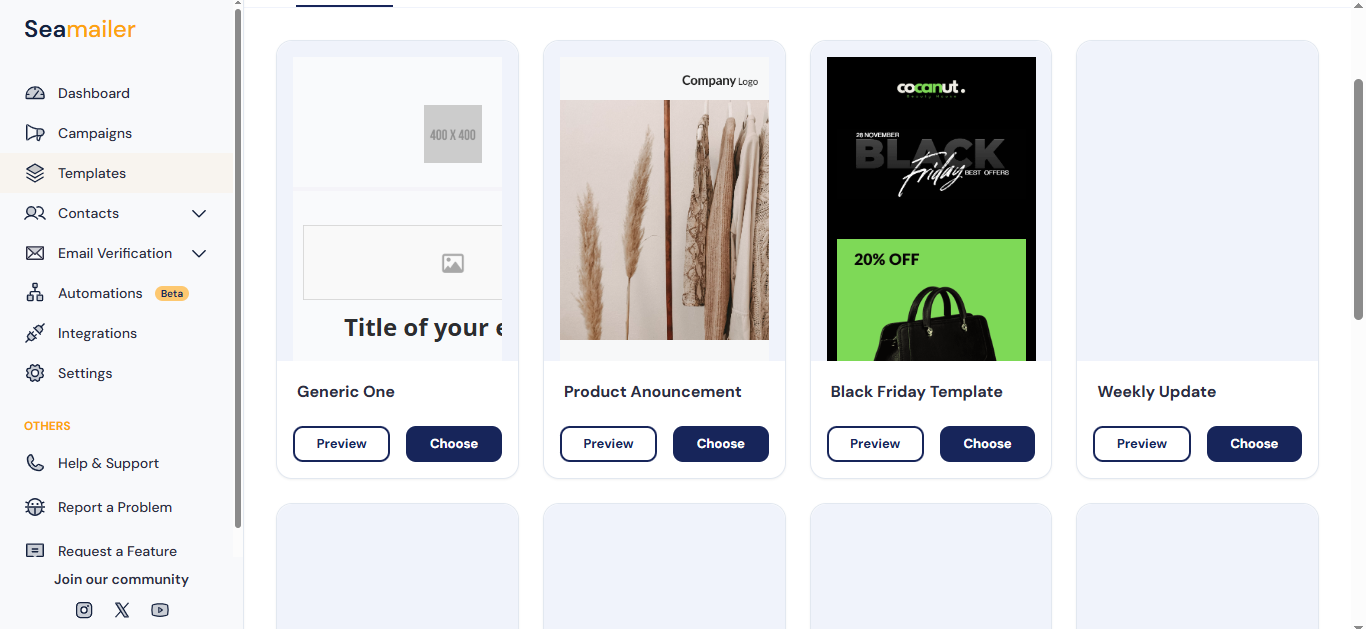How to Create High-Converting Email Campaigns (Even If You’re New)

If you have ever stared at a blank email editor wondering what to say, how to say it, or if anyone will even open your email, you are not alone.
Creating email campaigns that actually convert can feel like a mystery, especially when you are just starting out. But here’s the truth: you don’t need to be a marketing wizard or copywriting genius to build campaigns that get clicks, sales, and engagement.
In this guide, I will walk you through a proven, step-by-step process to create high-converting email campaigns—even if you are brand new. No jargon. No guesswork. Just actionable steps backed by experience and real results.
Let’s dive in
Follow through to know
Why Email Still Converts Better Than Social Media
Know Your Audience (Even If You Think You Don’t)
Set One Clear Goal for Every Campaign
Nail the Subject Line (Or Nobody Opens It)
Personalization = Higher Engagement
Craft a Killer Email Body
Use a Clear and Compelling CTA
Design and Mobile Optimization Matter
Timing Is Everything
Track, Tweak, Repeat
Bonus: Tools That Make This 10x Easier
Why Email Still Converts Better Than Social Media
Before we jump into the how, let’s talk about the why.
According to multiple studies, email marketing has an average ROI of $36 for every $1 spent. Social media can’t touch that. Why?
- Email is personal.
- It lands in their inbox, not some noisy feed.
- It scales—without requiring daily content posting.
Plus, you own your email list. No algorithm is going to tank your reach overnight.
Know Your Audience (Even If You Think You Don’t)
You can’t convert people if you don’t understand them.
But what if you don’t have a big list yet? Start by answering these questions:
- Who are they? (Entrepreneurs? Side hustlers? Freelancers?)
- What keeps them up at night?
- What solution are they looking for?
Pro Tip: Use simple surveys or ask new subscribers one key question when they sign up. Tools like Seamailer make it easy to segment your audience from day one.
Set One Clear Goal for Every Campaign
Don’t try to sell, educate, inspire, and promote all in the same email. That’s the fast track to confusion and low clicks.
Each campaign should focus on one goal:
- Promote a product
- Drive traffic to a blog post
- Build trust with a story
- Collect feedback
If you can’t summarize the goal of your email in one sentence, your readers won’t get it either.

Nail the Subject Line (Or Nobody Opens It)
Your email could be amazing. But if your subject line sucks, no one will ever see it.
Here’s what works:
- Curiosity: “This strategy tripled my open rates”
- Benefit-focused: “Get 5x more leads with this email trick”
- Personalized: “Hey Binna, ready to boost your sales?”
Keep it under 50 characters if possible. And always A/B test your subject lines when you can.
Personalization = Higher Engagement
Emails that start with “Hi [First Name]” are better than “Hi there.”
But personalization goes deeper than names. Try this:
- Reference their recent activity (downloads, signups, purchases)
- Use segmented content (“For digital product creators” vs. “For coaches”)
- Dynamic product recommendations
Seamailer lets you personalize entire email sections based on user tags and behavior—without needing to code.
Craft a Killer Email Body
Here’s the structure that works:
1. Hook
Open with a relatable statement, question, or bold claim.
2. Story or Value
Share something useful. A quick tip, a win, a struggle. Make it human.
3. Offer
Connect your message to a product, service, or next step.
4. CTA (Call To Action)
Always include one clear thing you want the reader to do.
Example:
“I used to spend 5 hours writing emails… now it takes me 20 minutes (and they convert better). Here’s the tool I switched to [CTA].”
Use a Clear and Compelling CTA
Don’t bury your CTA. Make it obvious. Make it action-driven.
Examples that convert:
- "Get the Free Guide"
- "Start Your 14-Day Trial"
- "Watch the 60-Second Demo"
📌 Place it:
- Above the fold (first visible part)
- After your offer or value
- Once more at the end (optional)

Design and Mobile Optimization Matter
Most people read emails on their phones.
- Use large, readable fonts
- Keep paragraphs short (2–3 lines max)
- Buttons should be tap-friendly
- Avoid too many images or big blocks of text.
Seamailer has mobile-friendly templates designed to convert. Even if you’re not a designer, you can look pro.

Timing Is Everything
When you send your email matters almost as much as what’s in it.
Test different times and days, but a few reliable benchmarks:
- Tuesday–Thursday mornings work best for most audiences
- Avoid Mondays (overload) and Fridays (checked out)
- Use time zone optimization if your platform allows
Seamailer automatically optimizes send times based on engagement history—so you don’t have to guess.
Track, Tweak, Repeat
What gets measured gets improved.
Track key metrics:
- Open rate: Is your subject line working?
- Click-through rate (CTR): Is your content engaging?
- Conversion rate: Is your CTA effective?
- Unsubscribe rate: Are you sending the right content?
Use A/B testing to find what resonates. Even small changes (subject lines, CTA placement) can lead to big results.
Bonus: Tools That Make This 10x Easier
Here are a few tools (including free ones) to speed things up:
| Tool | Purpose | Notes |
|---|---|---|
| Seamailer | Full email marketing platform | Great for segmentation, personalization, automation |
| Grammarly | Writing assistant | Fix typos and improve clarity |
| Canva | Image design | Make pro-looking visuals fast |
| AnswerThePublic | Research | Find questions your audience is asking |
| CoSchedule Headline Analyzer | Subject line testing | Get a score before sending |
Conclusion: You Don’t Need to Be a Pro to Win
If you take just one thing from this post, let it be this:
Clarity beats cleverness. Simplicity wins.
You don’t need to write like Hemingway. You don’t need a list of 10,000 subscribers. You just need to:
- Know who you’re writing to
- Give them one clear reason to click
- Make it feel personal and real
And yes, tools like Seamailer can take a lot of the heavy lifting off your plate so you can focus on what matters—building real connections and driving real results.
You've got this.

